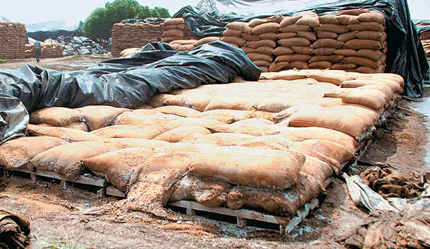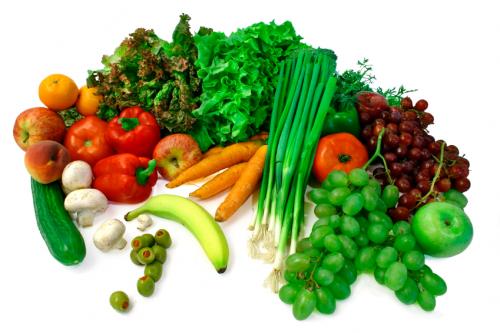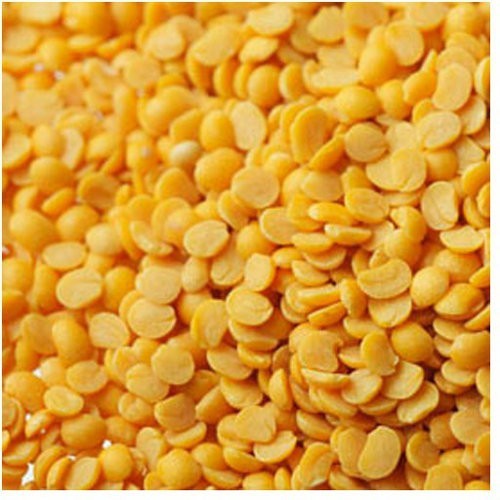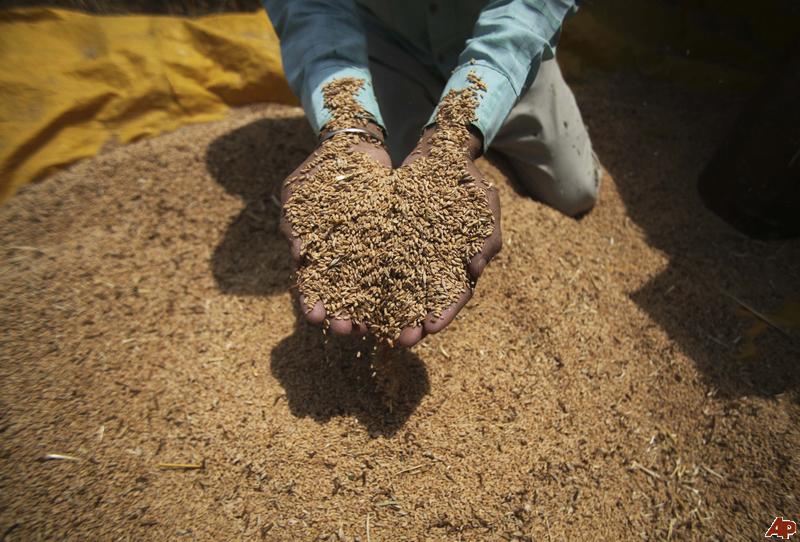In the column dated July 21, 2016, I had said that the Food Security Act does not really provide “food security” to the citizens of this country. And given that nearly three years have passed after the passage of the Act, it is time that the government took a relook at the functioning of this Act.
In case you haven’t read the piece that appeared on July 21, 2016, I suggest you do that, before getting around to reading this one.
Other than the fact that the Food Security Act does not provide food security, there is also a lot of wastage of rice and wheat that are distributed to the citizens of this country under the Act.
The food grains are distributed using the network of around 5,00,000 fair price shops located all over the country. The trouble is that this network is extremely leaky. Economists Ashok Gulati and Shweta Saini calculate this leakage in a research paper titled Leakages from the Public Distribution System and the Way Forward.
In this research paper Gulati and Saini calculate the total amount leakage through the public distribution system. The union government supplies rice and wheat to states and union territories in order to meet the grain distribution commitments under the Food Security Act. Over and above the normal allocations, ad-hoc allocations are also made.
Further, the state wise monthly per capita consumption of rice and wheat is also available. This is used to calculate the consumption numbers of rice and wheat for every state. As Gulati and Saini point out: “The grains off-taken by each state gives the total grain supply in the year and the consumption figures give how much is received by the targeted consumer. The excess of what is supplied over what is consumed should reflect the extent of leakage of grain from the system. Our calculations show that in 2011-12, 25.9 MMTs or 46.7 per cent of the off-taken grain leaked from the public distribution system.” Hence, a little less than half of the grains distributed through the public distribution system do not reach those who they are meant for.
In fact, in 15 states, the leakage was more than 50 per cent. This included: Delhi (82.6 per cent), Gujarat (72.2 per cent), Haryana (70.3 per cent), West Bengal (69.4 per cent), Bihar (68.7 per cent) and Punjab (60.7 per cent). In fact, in some North Eastern states, like Nagaland and Manipur, the leakages were as high as 95 to 97 per cent. In absolute numbers, Uttar Pradesh comes at the top of the list. This is followed by West Bengal, Bihar, Maharashtra, Rajasthan and Madhya Pradesh.
Other estimates suggest that the leakage of the public distribution system is anywhere between 40 per cent to 54 per cent. Hence, the point is that the leakage of the public distribution system run through the five lakh fair price shops, is excessive. It means that a major portion of the food grains distributed through these shops does not reach the intended beneficiaries.
As the Report of the High Level Committee on Reinventing the Role and Restructuring of Food Corporation of India (better known as the Shanta Kumar committee report) points out: “Leakages don’t happen in a vacuum. There is connivance at several levels, breeding corruption. It is now time to think out of the box and find some alternative policy solutions that can plug such large scale leakages and associated corruption, and that can ensure that benefits reach directly to the neediest.”
And how can this be done? The answer lies in giving cash directly to the beneficiaries of the Food Security Act. There is this great belief among the well-off that giving money directly to the poor will mean that the men will simply drink it away. This argument only sounds true because it plays on a stereotype of the poor being poor because they waste their time drinking.
Nevertheless, as economist Joseph Halon points out: “Poverty is fundamentally about a lack of cash. It’s not about stupidity.” (Source: Rutger Bergman’s Utopia for Realists). Hence, if poor do get money under an unconditional cash transfer scheme, they don’t waste it on alcohol and tobacco. In fact, there is enough research from all over the world that proves that.
As Rutger Bergman writes in Utopia for Realists: “The great thing about money is that people can use it to buy things they need instead of things that self-appointed experts think they need. And, as it happens, there is one category of product which poor people do not spend their free money on, and that’s alcohol and tobacco. In fact, a major study by the World Bank demonstrated that 82% of all researched cases in Africa, Latin America, and Asia, alcohol and tobacco consumption actually declined.”
In fact, such an experiment has happened in Delhi as well, and the results were along similar lines. As Gulati and Saini point out: “It is worth noting that a study by the Government of Delhi and SEWA, under the GNCTD-UNDP project, tested the effects of substituting PDS rations by cash transfers for BPL families in a west Delhi region in the year 2011. It found that the consumption of the studied food items did not fall, and interestingly, the consumption of items like pulses, eggs, fish and meat went up. Contrary to expectations, the alcohol consumption did not increase; rather, the efficiency of PDS shops surely increased!”
The Food Security Act just distributes rice and wheat at subsidised prices. A nutritious meal is about consuming other food items as well. By giving cash directly to families, families can decide what is best for them. In fact, by moving to cash transfers, the country can save close to Rs 33,087 crore, Gulati and Saini calculate, and that is clearly a lot of money. This money can be better utilised elsewhere.
Given this, the Shanta Kumar committee has recommended that cash transfers should be introduced by starting with the “large cities with more than 1 million population; extending it to grain surplus States, and then giving option to deficit States to opt for cash or physical grain distribution.” The Committee has also said that the “cash transfers can be indexed with inflation” and “given to the female head of the family”.
The trouble is that the infrastructure that allows the government to do this (Jan Dhan bank accounts seeded with Aadhar numbers) is not yet ready. The sooner this gets ready, the better it will be for the nation as a whole.
The column originally appeared in Vivek Kaul’s Diary on July 28, 2016




